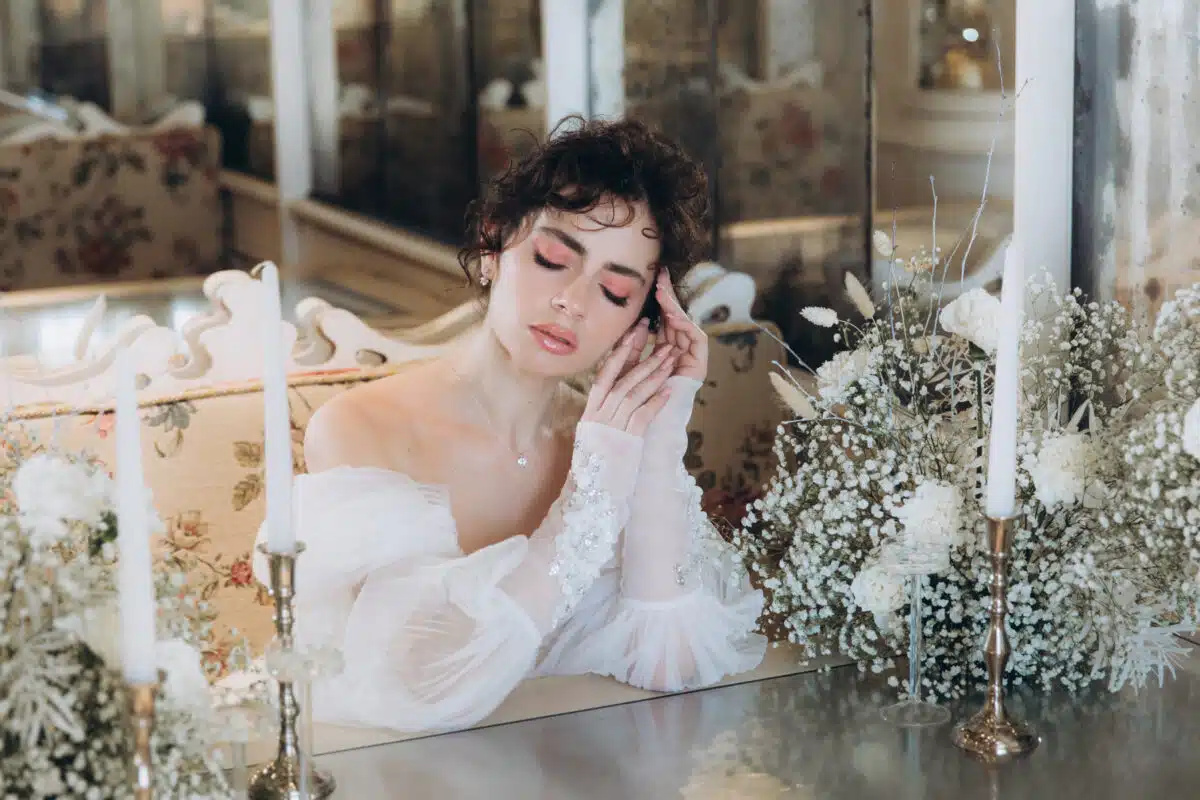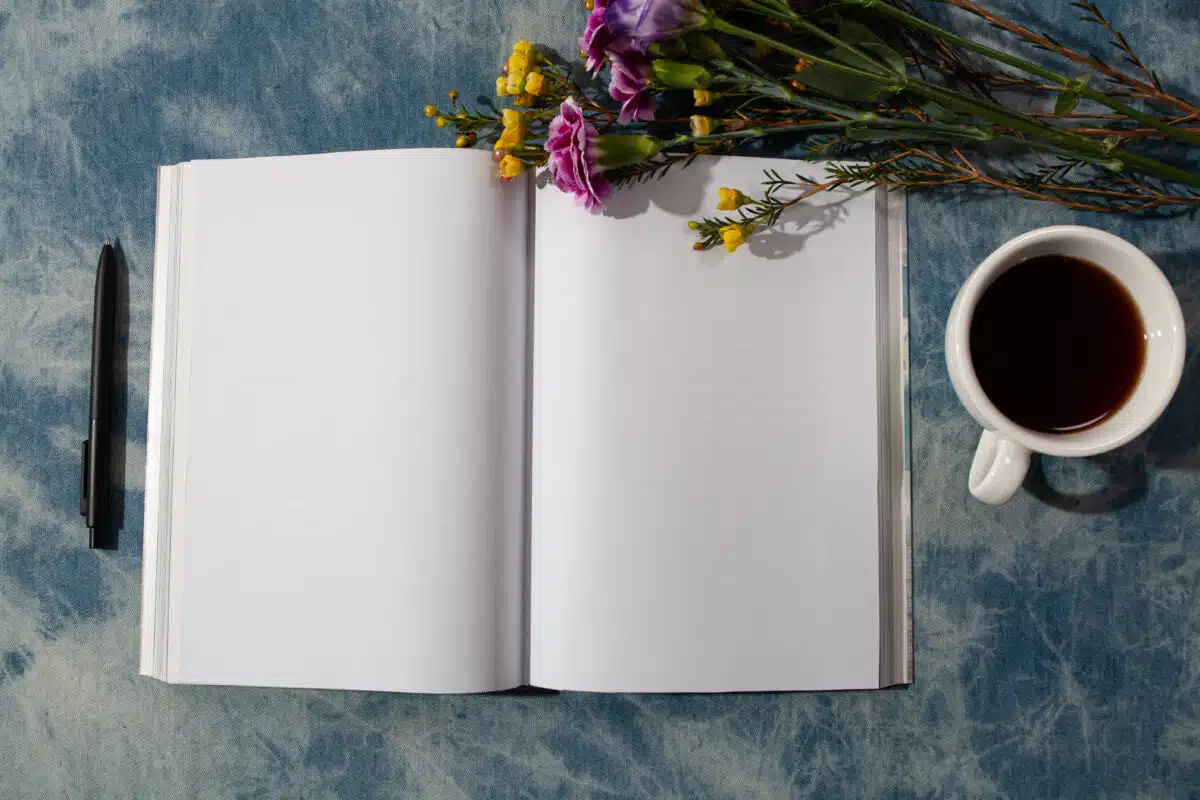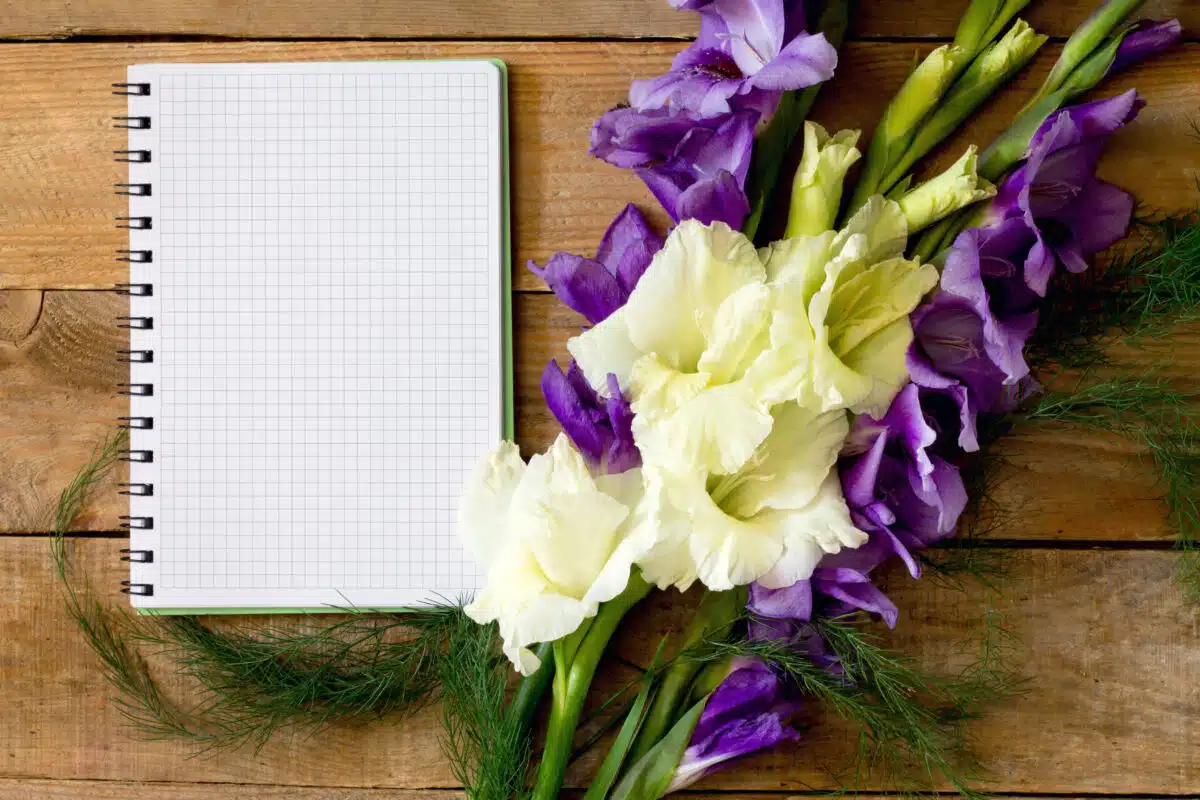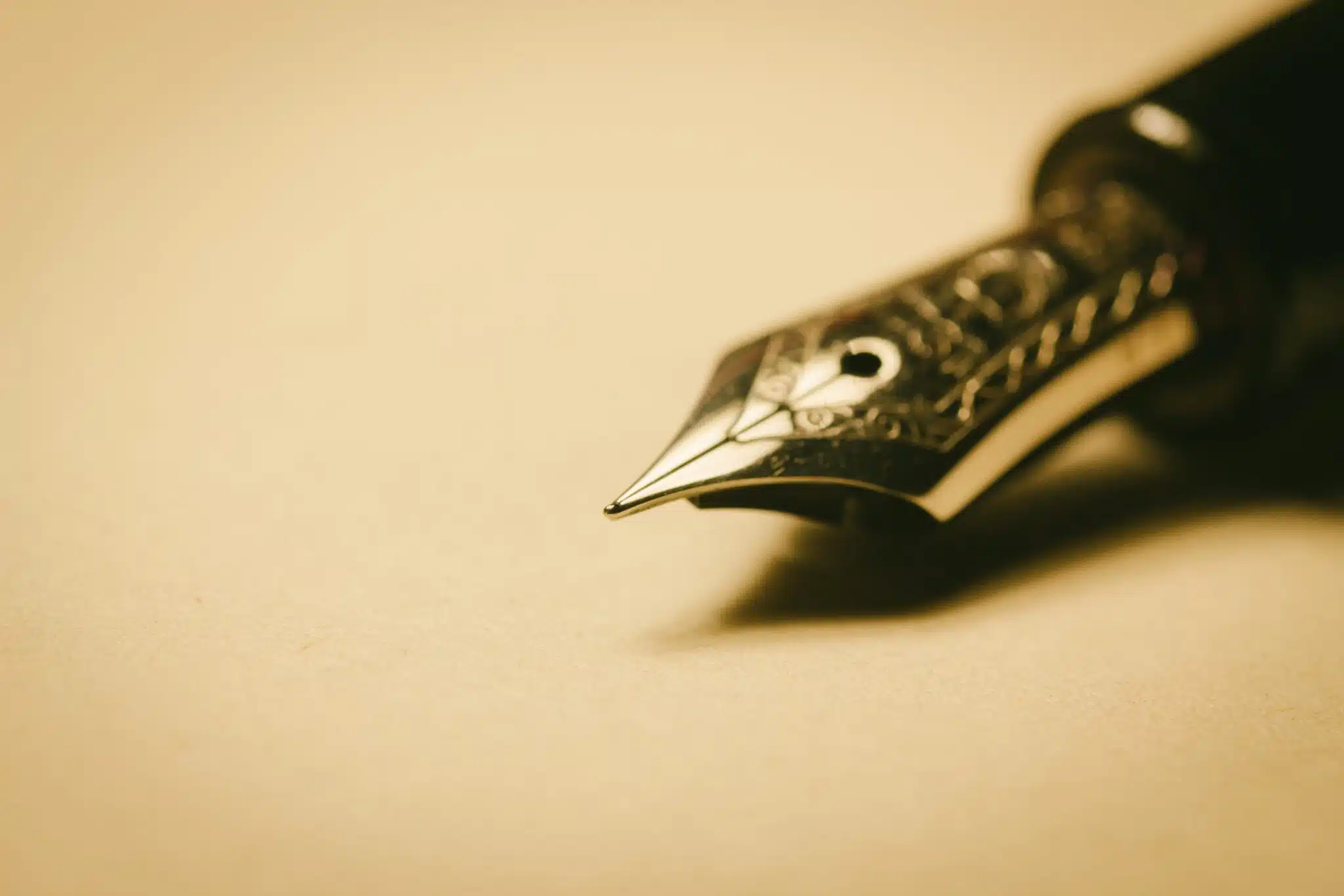Here’s what the Monody poetry form is:
Monody is a poem form inspired by the old Greek odes, and more specifically elegies.
It is a poem of grieving, meant to be recited by a single person.
As such, monodies do have a tendency to be more personal than other elegies, referencing the feelings of the individual rather than the general opinions of a group.
If you want to learn all about the Monody poetry type, then you’ve come to the right place.
Let’s jump right in!

Forms of Poetry: Monody

A monody is ultimately a poem of lament and grieving, meant to be sung or recited by a single person.
The English language actually has several different words for a song or poem of lament, so it can be difficult to pin down the actual differences between them, especially since their definitions become more ambiguous over time and as more people use the words in different context.
Monody, specifically, takes its inspiration from Greek odes.
The practice of elegy was mostly restricted to songs about tragic events or in memory of the dead, such as at funerals and memorial services.
There was a time in history when an elegy could also refer to a love poem, because people are notoriously bad at keeping the definitions of words consistent, but the term did eventually circle back around to its original intended meaning.
Basic Properties of Monody

| Rhyme Structure | Optional |
| Meter | Optional |
| Origin | Ancient Greece (descendant of elegy) |
| Popularity | Remains widely used today and internationally |
| Theme | Mourning, grief, tragedy |
How Are Monodies Structured?

Whereas ancient Greek elegies were historically written in elegiac verse, monodies and modern elegies do not necessarily follow any such rhythm.
As with a variety of other poem forms, the general trend has been for the form to become closer and closer to what we know as free verse over time, and most elegies and monodies of the modern era can be roughly defined as free verse poems expressing grief.
This is not to say that no structure is ever used, however.
When dealing with solemn subjects such as death and mourning, many writers do feel that structured verse feels more professional, but it’s an opinion that varies on a case-by-case basis.
Though monodies and elegies are different forms, it is worth going over the most common stanza used in elegies, since the two forms are closely related and are often written the same way.
Do keep in mind, however, that the actual form is entirely up to the poet’s discretion nowadays.
The verses most commonly used in elegies are called elegiac stanzas, though they’re also referred to as heroic quatrains.
A heroic quatrain consists of four lines written in iambic pentameter, with an ABAB rhyme scheme.
This stanza structure is incredibly common in English poetry, and so you may recognize it if you’re at all familiar with poetry of the last several centuries, particularly if you’re a fan of Shakespearean sonnets.
The poet is free to disregard this tradition entirely though, and uniformity is becoming less and less common amongst not just elegies, but among forms in general.
As for what exactly separates a monody from an elegy, the difference is in the name.
“Mono” meaning “one” gives us the only hint we need.
Whereas Greek elegies were traditionally sung by a chorus, a monody is intended for a single singer (or speaker, in modern practice).
As such, monodies have a tendency to be more personal and may even go into specific detail about the speaker’s memories of the deceased.
It’s important to note that tone and mood are essential to what makes a monody a monody.
While the poem may celebrate personal memories to some extent, the intended effect is for the poem to express the speaker’s sorrow and the gravity of loss.
Naturally this definition is subject to change over time, as words tend to do, but this is the most accurate description of the intent for now.
Example of Monody

Beside the waves, I heard your voice
singing where you always stood.
Had I the privilege or the choice,
I’d have kept you longer if I could.
I know when the reaper took you
he held no malice for love or me,
but I’d have gladly followed, too,
had he only looked back to see.
Yet he did not linger long enough
for me to even know he’d been there.
You were not gone; it was not rough,
‘til I reached out and held only air.
The hand that still belongs in yours
is trapped in time until I pass,
yet thunder cracks and rain pours,
mocking my tears through the glass.
I pray only that you wait for me
if I may be so greedy and bold,
for I’ll never again feel alive and free,
knowing the pain of a hand gone cold.
The above poem borrows the ABAB rhyme scheme seen in elegiac verse, but I opted not to stick to meter since this one is intended to be personal rather than formal.
As with all poetry, imagery is the essence of the poem itself.
While there is plenty of room in a poem to explicitly state that the speaker is sad, regretful, or so on, there’s much more meaning in finding visual ways to express those feelings.
Note, for example, that the poem begins and ends on images.
At the top, an image of waves and a familiar voice.
At the end, the phrase “hand gone cold” captures the finality of death.
In monody, it’s not necessary to justify the feelings of the mourner, but offering up even just simple thoughts (such as missing a voice or the touch of a hand) can be enough to make the poem feel much more grounded.
Tips for Writing a Monody

As expressed throughout the article, a monody should be relatively solemn and works best when attempts at levity are actively avoided.
Adding a little sense of light or hope in fragments can serve the poem well by creating a contrast for the reader to relate to, but the goal is to get as close as you can to expressing the feelings unique to grieving.
Depending on the circumstances and the connection you have to the deceased, your own feelings may vary wildly.
Perhaps you want to express a feeling of guilt or regret at having failed to save them, or having not spent enough time with them.
Or maybe you’d like to express the love and acceptance that you feel they’re owed.
Even a sense of anger at them having left you behind is relatable and valid.
Weave your own feelings into the poem for best effect and be sincere.
I do not generally recommend writing a monody just for the sake of writing one, though.
It is entirely possible to write a poem of lament strictly as practice or for professional reasons, but it will inevitably ring a bit hollow.
While it might represent ambiguous feelings you’ve had at some point in time, the strongest monodies tend to be the ones written for a specific person, to express the grief unique to your bond.
Even a monody for a major historical event, such as the death of a favorite celebrity or the passing of a great politician, should ideally be written with the utmost sincerity.
It would be extremely difficult for me to write a deep and meaningful poem about a person I never cared about, and even more so for someone with less experience in poetry.
Of course, this is all only friendly advice.
You are and should be free to experience poetry however you want, and in ways that feel purposeful to you.
Just understand that the best poem you can write is always the one that captures what you feel and who you are right now, in this moment, regardless of the topic.
Poet’s Notes

If you’ve ever wondered why there are so many words for poems about grieving, you can blame the shared history of poetry and music.
Being so fiercely intertwined, many terms that originally referred to a song form carried over into poetry, while terms unique to poetry stuck where they were.
Naturally the lengthy melting-pot history of the English language only obfuscated things further.
Moral of the story: We have too many synonyms but they’re not going anywhere anytime soon, so get used to it.
Comprehensive Collection of Poetry Forms: Craft Words Into Art

Dare to traverse the entire spectrum of poetic forms, from the commonplace to the extraordinary?
Venture from the quintessential Sonnet to the elusive Mistress Bradstreet stanza, right through to the daunting complexity of Cro Cumaisc Etir Casbairdni Ocus Lethrannaigecht.
For those with a zeal to encounter the full breadth of poetry’s forms, this invitation is yours.
Start exploring the vast universe of poetic ingenuity with our comprehensive array of poetry forms right now!
